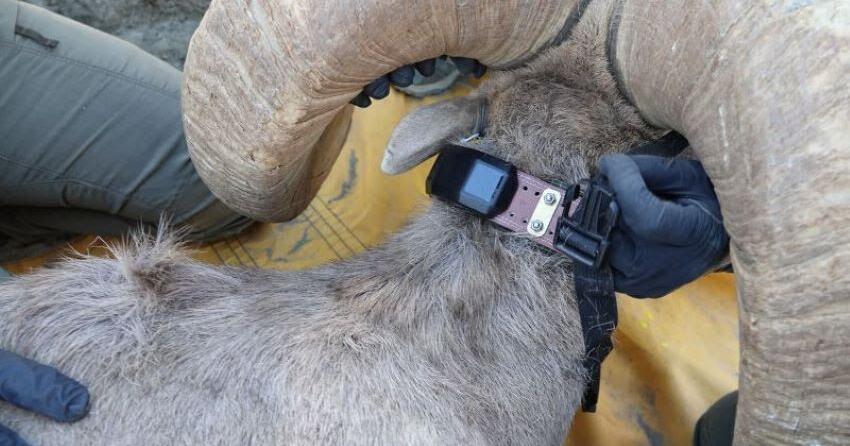
The California Department of Fish and Wildlife regularly answers questions submitted by residents and outdoor enthusiasts. Following are submitted questions and CDFW’s answers.
Collaring wildlife
Q: How do wildlife collars work and what factors are taken into consideration before the California Department of Fish and Wildlife (CDFW) attaches them?
A: CDFW attaches collars to animals to study their behaviors, movements and habitat use as a population or as an individual. Collars can also be used to track and manage animals that have the potential of becoming involved in conflict with humans.
Age, health and the weight of the animal are major factors in the decision to attach collars. Collars can appear bulky, but CDFW ensures it does not put anything on an animal that is more than five percent of its body weight. More often collars are between one and three percent of the animal’s weight. Collars are specifically designed for the species, age, weight and purpose of the data collection needs. Generally, younger animals are equipped with lighter collars that are worn for a shorter duration. Adult animals may wear collars for up to two years. Most collars are programmed to drop off after they’ve gathered and sent enough data and prior to battery failure. If an animal begins to outgrow the collar it’s wearing, CDFW can trigger a drop-off mechanism that frees the animal from the device. Cotton spacers integrated into the belting are commonly used as a failsafe in the event of collar failure.
CDFW currently has hundreds of collars on a wide variety of wildlife including desert bighorn sheep, bears, deer, elk, mountain lions, bobcats, gray wolves, Sierra Nevada red fox and others. CDFW partners with the Fresno Chaffee Zoo in a project that even has collars on blunt-nosed leopard lizards.
Wildlife collars communicate with CDFW scientists in two ways. Some use VHF radio signals, which require researchers to be relatively close to detect the signal. More advanced collars that use GPS can send data via satellite to computers hundreds of miles away. Those collars also receive signals if CDFW would like to alter settings or have the collar drop off the animal. When collars fall off or are removed in the wild, CDFW retrieves those devices for later use.
Crows in Sacramento (and other cities)
Q: Why does it seem there are so many crows in urban Sacramento?
A: Many cities around the U.S. have experienced an increase in urban American crow populations in recent years. Crows are social and often sleep or roost in groups overnight. Urban areas can be favorable for roost sites, providing sizable and numerous trees for sleeping. Also, an urban environment with lots of concrete, asphalt and buildings can trap the heat during the day, providing a warmer environment than the surrounding open areas. There also may be fewer predators in urban areas versus more natural settings. Another reason is that cities often have abundant food that provides food waste, which crows can use as a part of their diet. Lastly, the larger the group the more likely a predator or other threat can be detected by an individual in the group and alert other crows in the roost.
Deterring coyotes
Q: Is it true that wolf urine is an effective deterrent for coyotes?
A: While many products claim wolf urine will discourage visits by coyotes, CDFW Human-Wildlife Conflict Specialist Jessica West said there hasn’t been much in the way of scientific research produced on how well these products work. Producers of these products suggest that the scent of one canine species will prevent visits by another, but West said the wolf scent could attract coyotes because they may be curious about another canine (be it wolf, dog or coyote) being nearby. West also said because coyotes in Southern California haven’t lived with wolves for almost 100 years, they might not associate that scent with danger or even recognize it as a wolf.
The best prevention to deter coyotes is through making changes in human behavior. Always keep trash in secure bins, don’t leave pet food (or pets) out at night and pick up fallen fruit. Other good tips include cleaning barbecue grill surfaces and keeping bird feeders clean. As always, CDFW is happy to share information on preventing conflict with wildlife through the Human Wildlife Conflict Toolkit: Human-Wildlife Conflicts Program.
